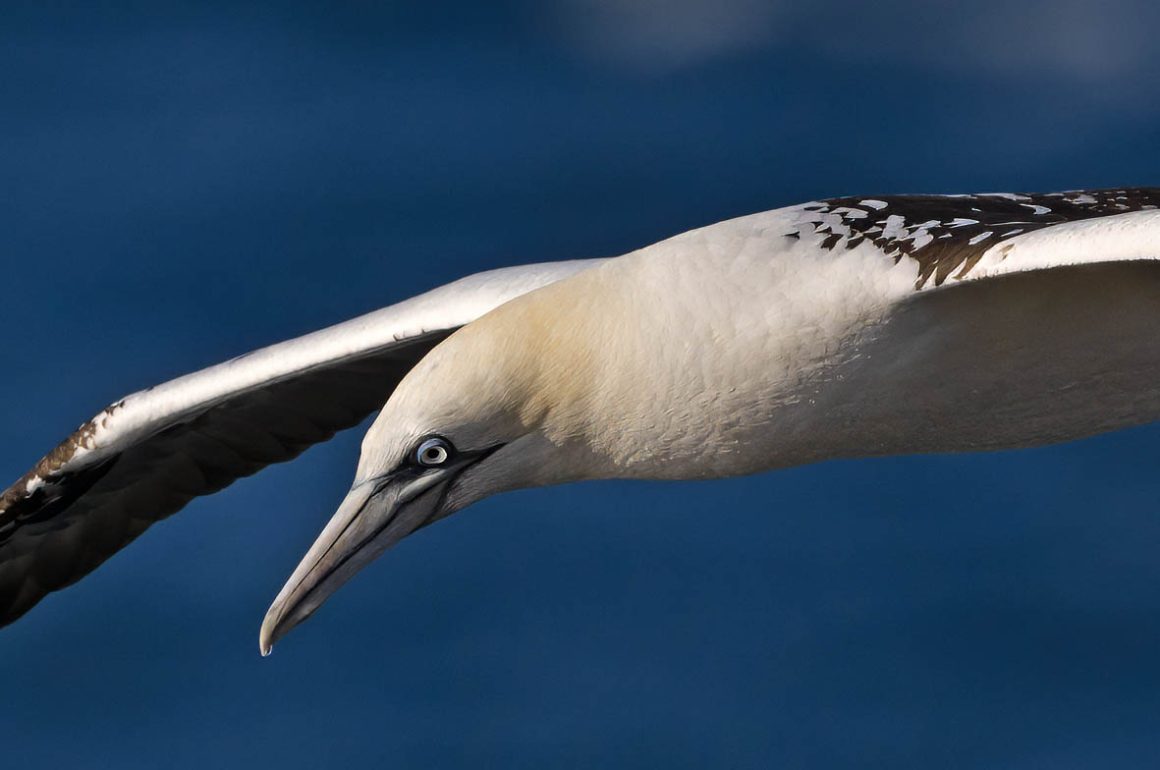
In my last article I highlighted some of the birds that I associate with this time of the year. Two of them, Northern Gannet (Morus bassanus) and Sandwich Tern (Thalasseus sandvicensis) are species that are now wintering along the coasts of Gibraltar. We have had a spell of strong easterly winds and this pushed many seabirds inshore. The Bay of Gibraltar is protected from the worst of these winds and many Northern Gannets and Sandwich Terns have been patrolling the coast within the Bay, feeding in the sheltered coves where the shallow water keeps fish near the surface and accessible to them.
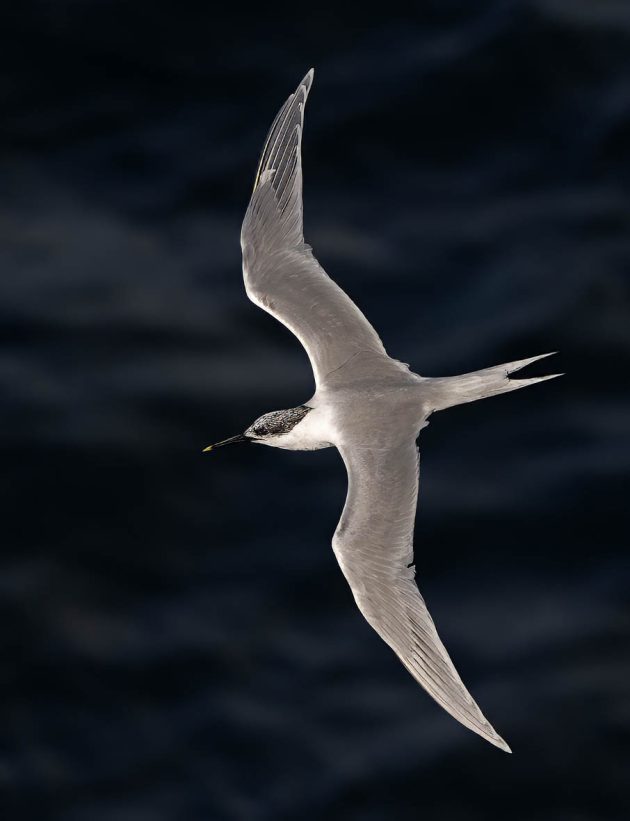
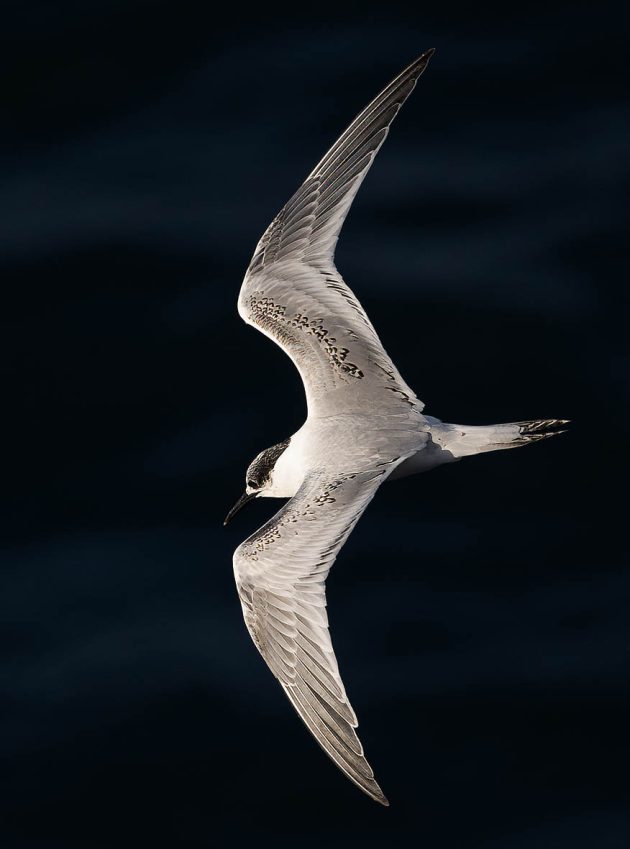
Sandwich Terns arrive in October. These birds come from the north-eastern Atlantic colonies, migrating down the Atlantic coast to reach Africa, many wintering from Morocco down to the Cape. A few winter in the Iberian Peninsula and north-western Morocco and enter the Strait and the western Mediterranean. I recall one winter when I rescued two Sandwich Terns that had been caught in fishing lines. It was October and the birds were first-winters. They had both been ringed on the Farne Islands, in the North Sea, as chicks in the nest in June of that year. It always amazes me how an egg can eventually become a perfect flying machine and fly over 2,000 kilometres only five months after it has hatched!
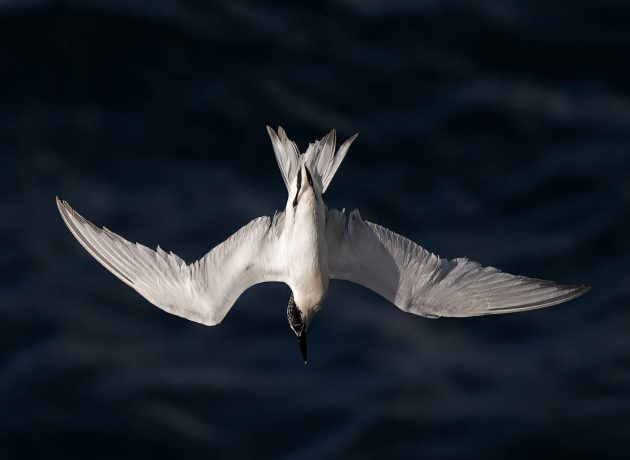
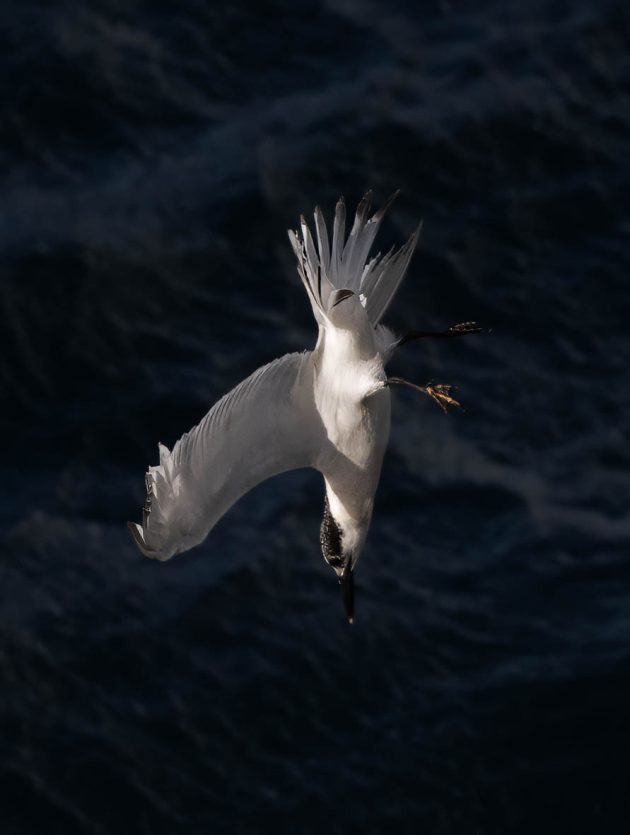
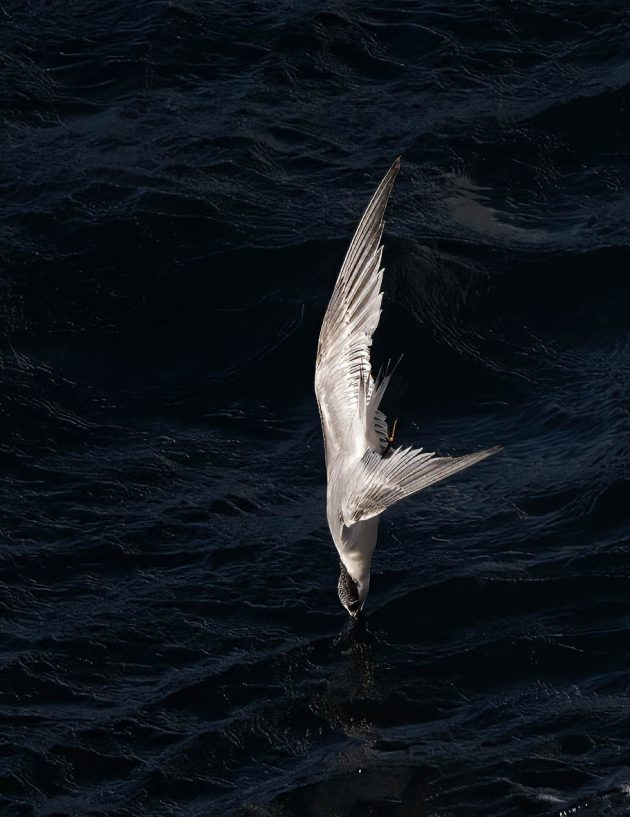
Some Sandwich Terns from the Black Sea colonies also reach us. They fly the length of the Mediterranean to reach the Strait, some continuing right down to the coasts of Senegal and the Ivory Coast. Birds that have bred in the Camargue and the Ebro Delta also migrate towards the Atlantic after breeding.
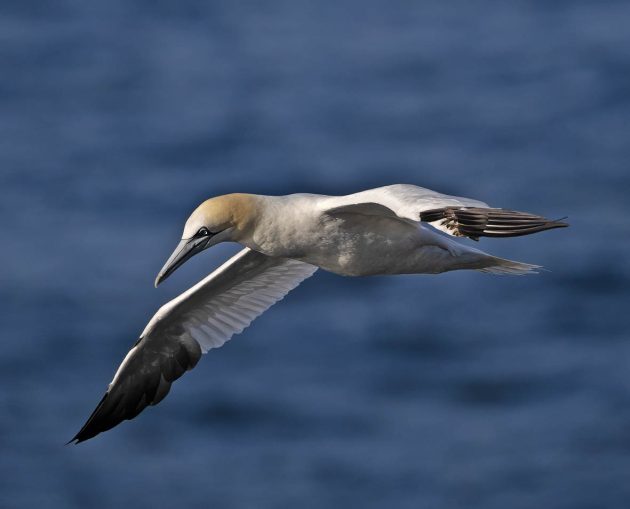
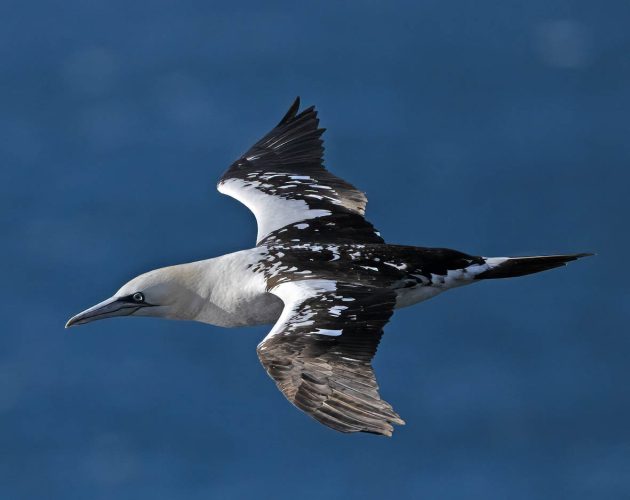
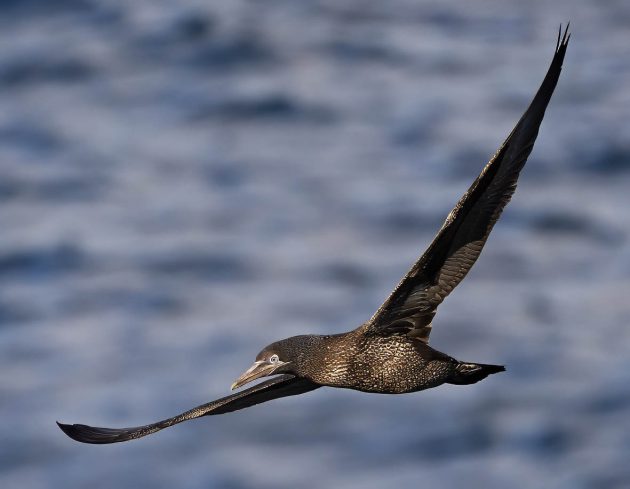
I’m pleased to see that numbers of wintering Northern Gannets seem to be picking up after a few bad winters, following avian flu. The birds reaching us come from the north-eastern Atlantic colonies, mainly in the UK but also north-western France, Norway and Iceland. First winter birds arrive first, in September, followed by adults in October. Many carry on south down the Atlantic coast to reach equatorial West Africa. The tendency to migrate is strongest in the first year of life and these birds may not return to the breeding grounds for several years. Gatherings of Northern Gannets may be spectacular where food is concentrated. In past years I have counted up to 240 Northern Gannets together offshore in association with schools of cetaceans.
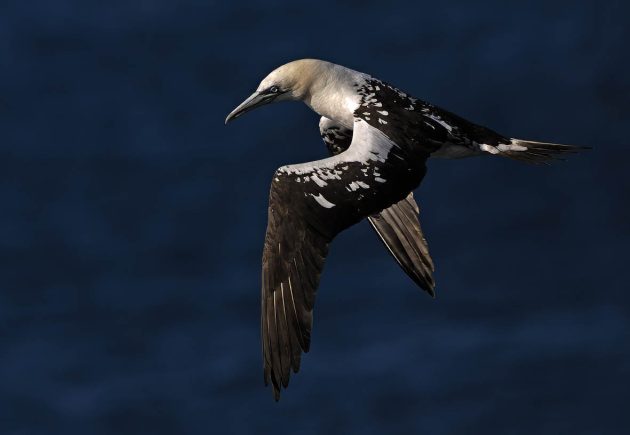
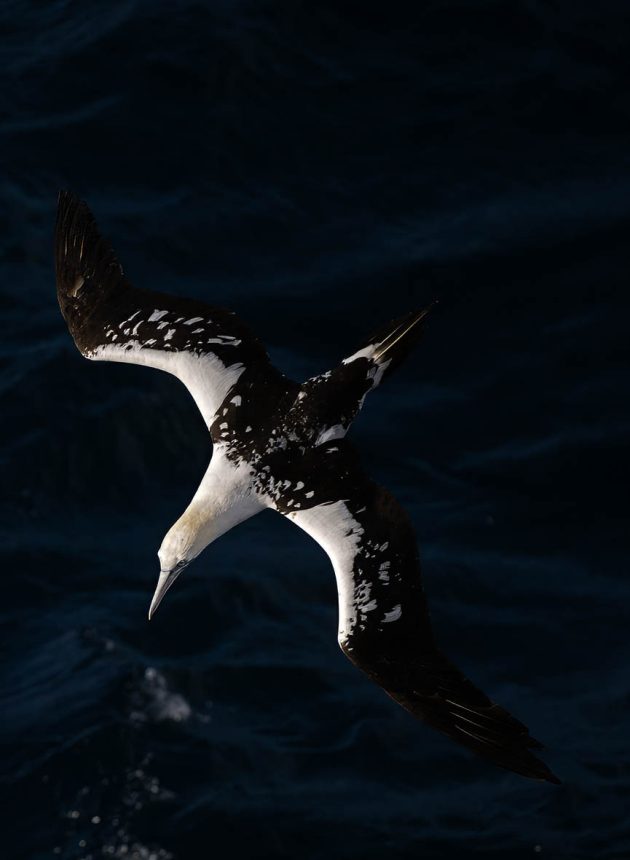
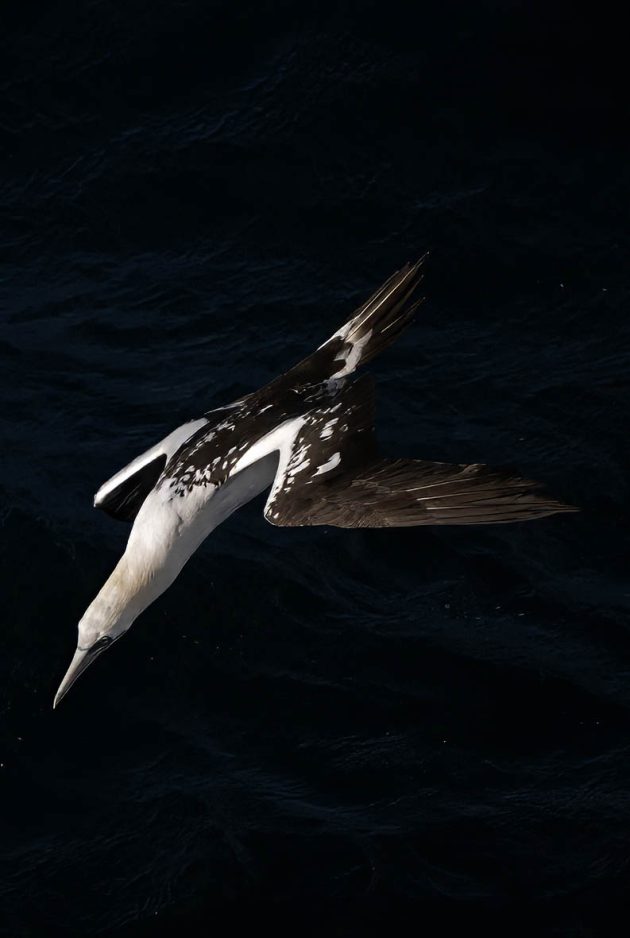
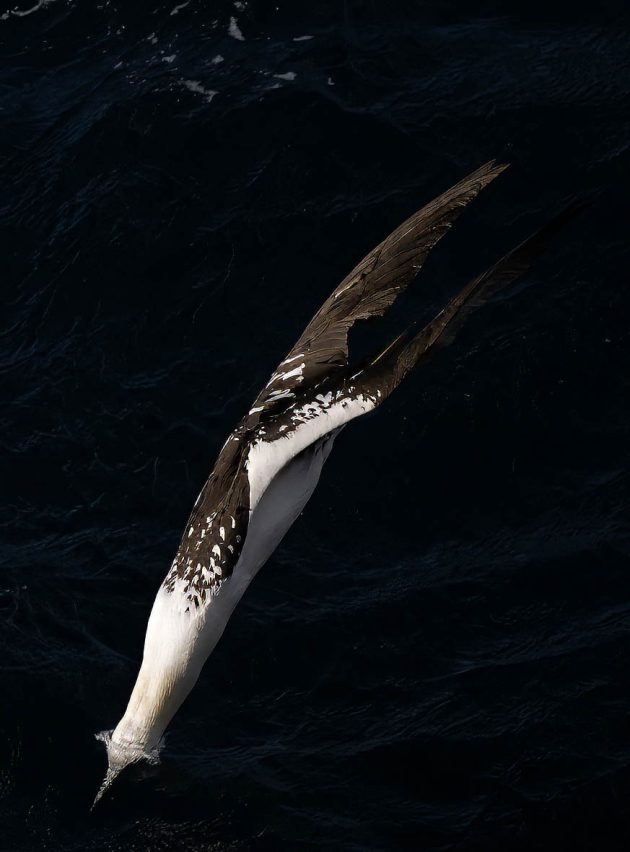
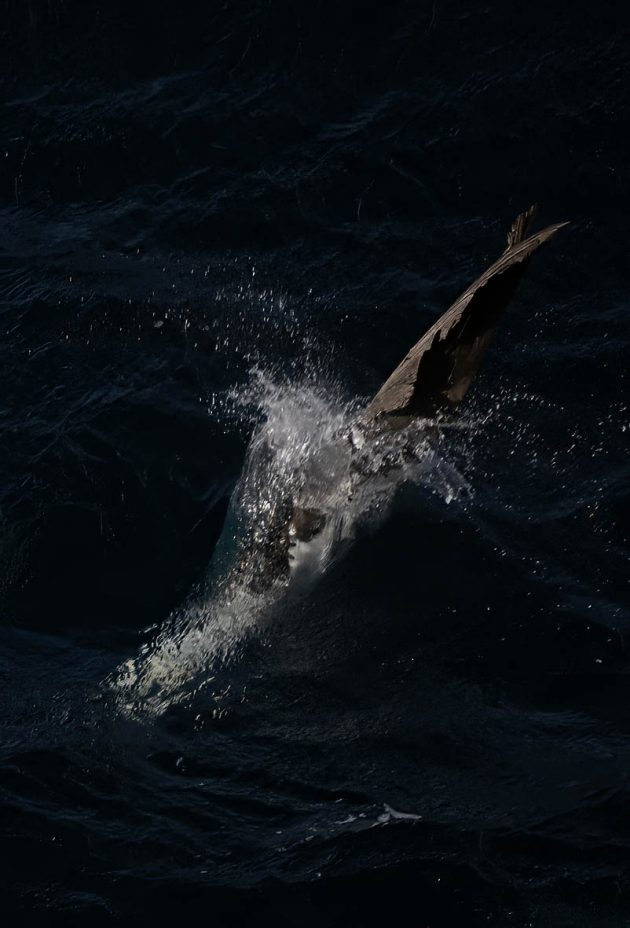
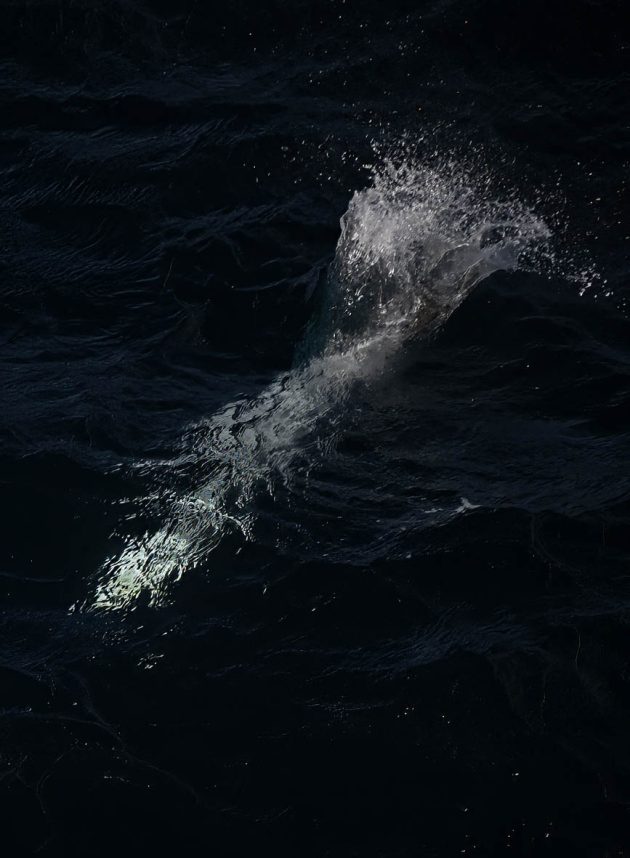
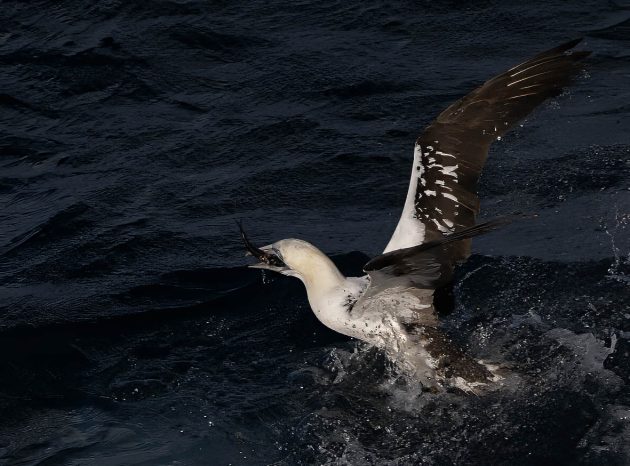
So with images of these two favourites, all taken by me in a four-hour session yesterday, I leave you as we reach the end of 2024. I have enjoyed writing my weekly column and receiving your comments. I hope to continue in 2025 and wish you all a Happy New Year!
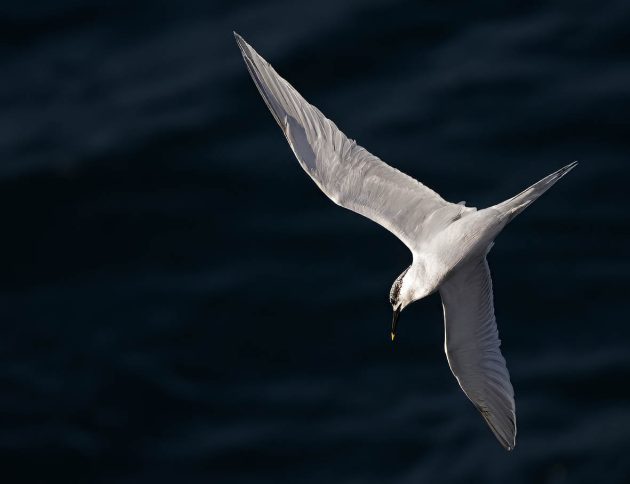






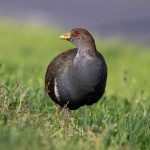
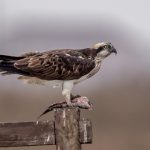
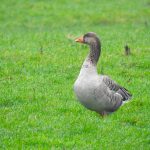
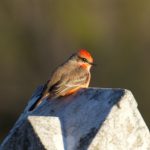
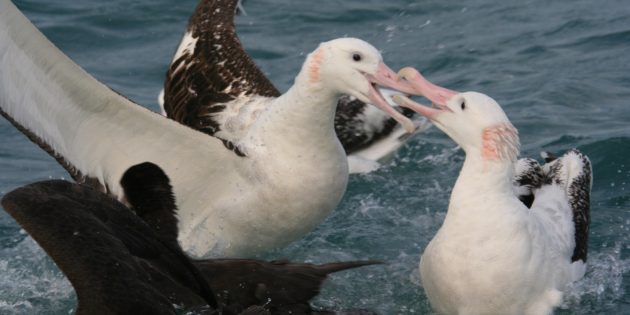
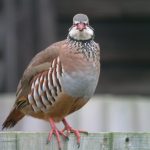
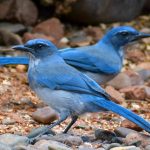
Looking forward to more posts in 2025. Happy New Year!
I enjoyed seeing all the action shots. Happy New Year to all.
Stunning photos (again)!
Excellent Photos . Happy New Year.